The Art of Depicting Hell: A Journey Through Famous Paintings in Art History
In the history of art, there are many examples of supernatural and intriguing subjects depicted by artists. Foremost among these is 'hell', which is of great interest to many people. So, what is hell like? If you are curious, here are some of the most famous paintings depicting hell...
1. The Last Judgment (1306) - Giotto di Bondone
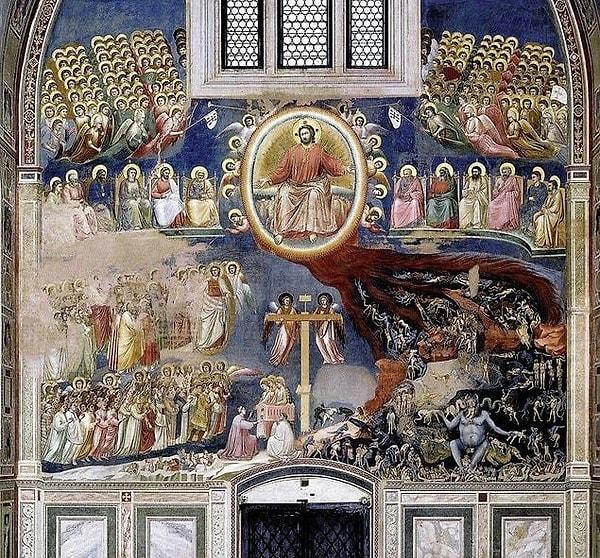
The lower right side of Giotto di Bondone's 'The Last Judgment' depicts those who have been punished and have entered hell. In Giotto's imagination, the infernal punishment involves a series of torture mechanisms, including demonic beings and dragon-like creatures that inflict physical harm and devour the souls of those who do not follow Jesus.
2. The Last Judgment (1431) - Angelico Giovanni da Fiesole
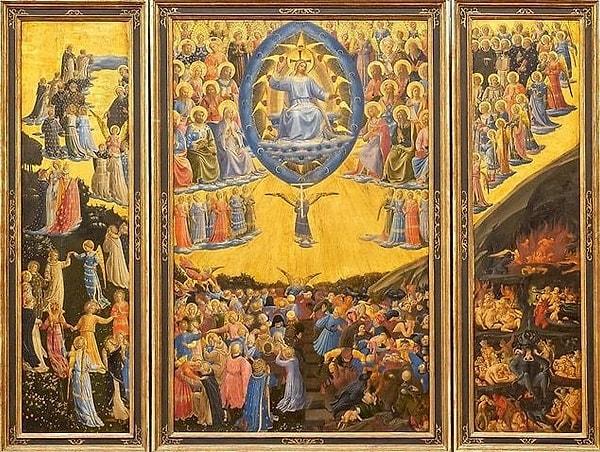
In this painting, all the figures following Jesus Christ are clothed and seem almost at peace with the idea of judgment, while on the far right of the painting there is a dark creature with horns that devours the flesh of sinners. A select few naked figures are depicted as being enslaved to hell and the strange torments of its ruler.
3. The Crucifixion; The Last Judgment (1440 – 1441) - Jan van Eyck
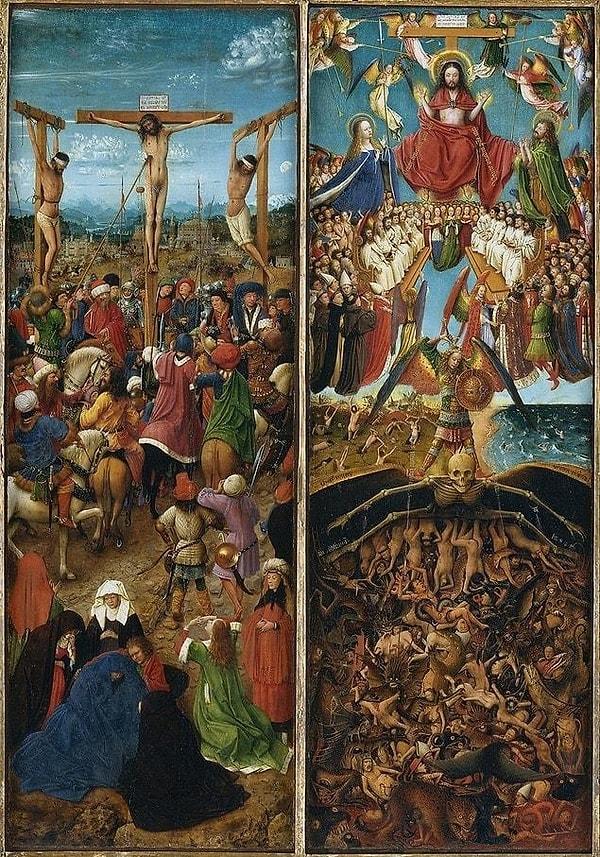
This painting depicts two major biblical events side by side, thus reinforcing the importance of the central theme of the Gospel. On one side, the painting shows the crucifixion of Jesus, while the other side depicts the second coming of Jesus Christ to judge the unrighteous.
4. Dante And The Three Kingdoms (1465) - Domenico Di Michelino
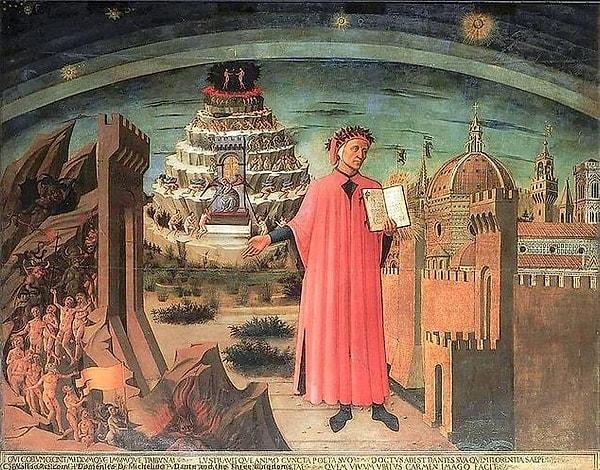
In the painting Dante and the Three Kingdoms, Michelino shows his interpretation of Dante's purgatory in the background and extending to heaven.
While Michelino positions the entrance gate of hell to the right of Purgatory, he draws attention to the holy city of the period, Florence of 1465.
5. Polyptych, Front Side: Earthly Vanity and Divine Salvation (1485) Hans Memling
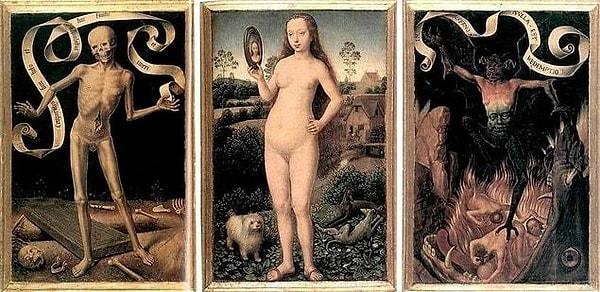
Memling depicts a corpse in the rightmost panel of the painting, thus presenting a significant image of death. For Memling, at the center of death is a life of vanity and lustful desires, and the true consequence of sin is depicted as hell.
6. The Garden of Earthly Delights (1490-1500) Hieronymus Bosch

In his famous painting, Bosch presents hell through destruction, lust, punishment, gluttony, musical torture, war, darkness and disgruntled faces in the midst of hellish turmoil.
7. The Last Judgment (1536 – 1541) - Michelangelo
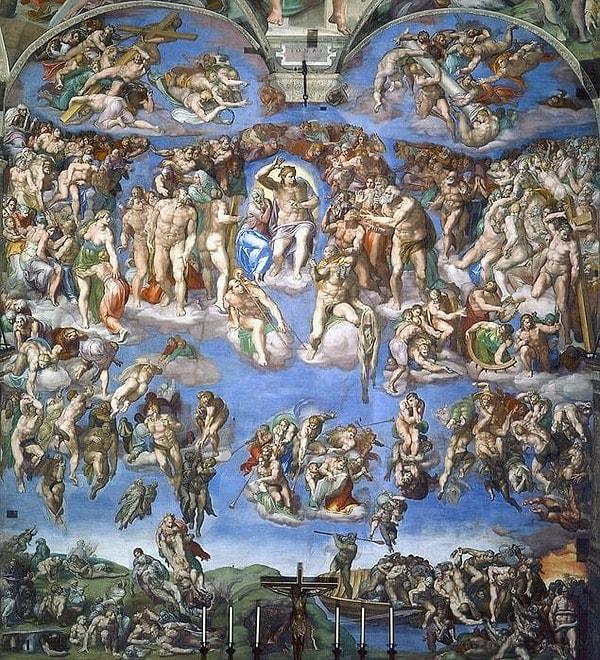
It would be remiss to discuss paintings depicting 'hell' without considering Michelangelo, one of the most iconic artists of the Renaissance, best known for his contributions to the Sistine Chapel.
Although this fresco by Michelangelo is not primarily focused on hell, its connection to judgment cannot be ignored, as the journey to hell or heaven requires judgment.
8. Satan (1847) George Frederic Watts
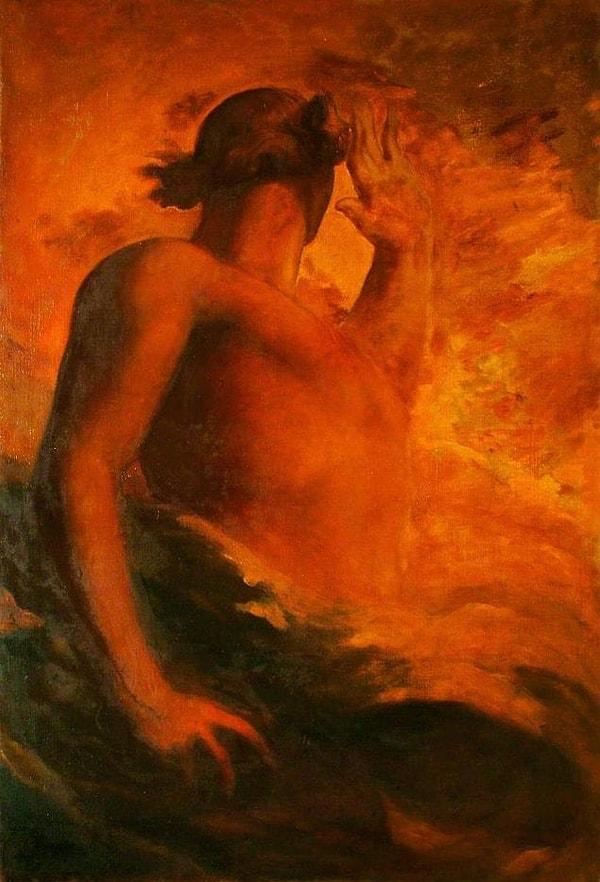
As much as Jesus Christ serves as the primary figure in most religious paintings, his adversary, Satan, appears in many Renaissance paintings of hell.
With this work, George Frederic Watts shifts the focus from hell to the horrific nature of what the ruler of hell, the devil, represents and depicts.
9. Dante and Virgile (1850) William-Adolphe Bouguereau
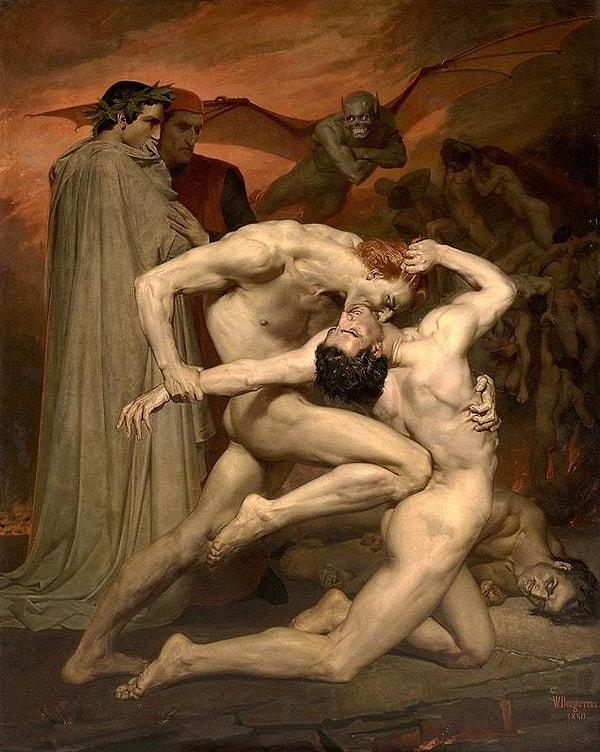
With this work, William-Adolphe Bouguereau references Dante's eighth level of hell. Here a fight breaks out between two souls doomed to eternal damnation.
10. Self-Portrait in Hell (1903)- Edvard Munch
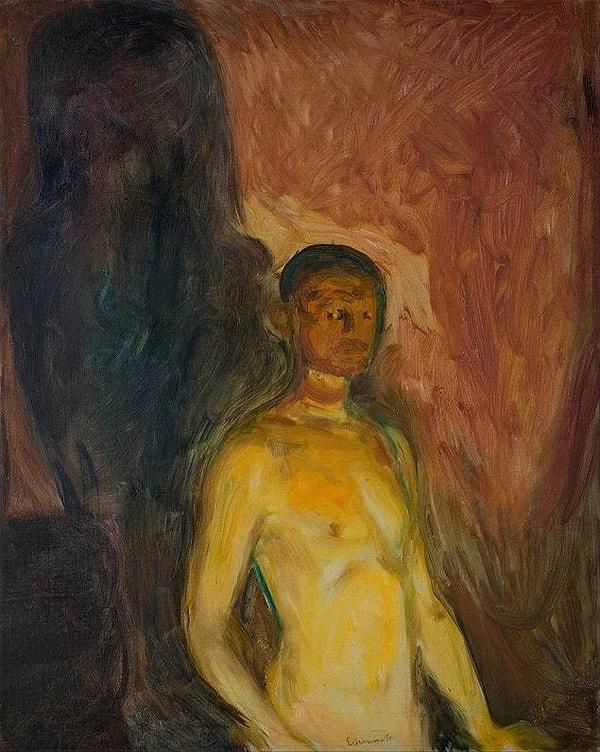
Although Munch's Self-Portrait in Hell is not a direct reference to religious paintings, it can be considered a work of hell because it depicts the artist as he imagines himself in hell. This painting describes exactly the moment when the concept of 'personal hell' comes into play.
Famous paintings depicting hell in art history offer a unique perspective on the artists' understanding of the afterlife and the consequences of sin. These paintings, from Giotto di Bondone to Michelangelo, offer a glimpse into the role of religion and morality in art and provide insight into the human condition. They are a must-see for anyone interested in art history and the human experience.
Keşfet ile ziyaret ettiğin tüm kategorileri tek akışta gör!


Send Comment